Our Lady of Sorrows
15 September

The great feast of the Triumph or Exaltation of the Holy Cross is followed, very appropriately, by the Feast of our Lady of Sorrows, on 15 September. In Latin this feast is sometimes called Beatae Mariae Virginis Perdolentis.
This is the Feast that the enemies of God run scared of and cannot get their heads round. Satan is positively terrified of it and flees in an instant. He cannot bear the idea that God should so allow mere man, so much less than an angel, to share in His Redemption in this way. Satan's minions are of a like mind and simply flee from this devotion. They cannot bear it. It is the devotion which separates the men from the boys and the sheep from the goats.
The Seven Sorrows (or Dolours) are the following events in the life of the Blessed Virgin Mary:
- The Prophecy of Simeon over the Infant Jesus. (Luke 2:34)
- The Flight into Egypt of the Holy Family. (Matthew 2:13)
- The Loss of the Child Jesus for Three Days. (Luke 2:43)
- The Meeting of Jesus and Mary along the Way of the Cross. (Luke 23:26)
- The Crucifixion where Mary stands at the foot of the Cross. (John 19:25)
- The Descent from the Cross where Mary receives the dead body of Jesus in her arms. (Matthew 27:57)
- The Burial of Jesus. (John 19:40)
The first altar to the Mater Dolorosa was set up in 1221 at the monastery of Schönau.
The object of the feast is to meditate upon the spiritual martyrdom of the most blessed Mother of God and her compassion with the sufferings of her Divine Son.
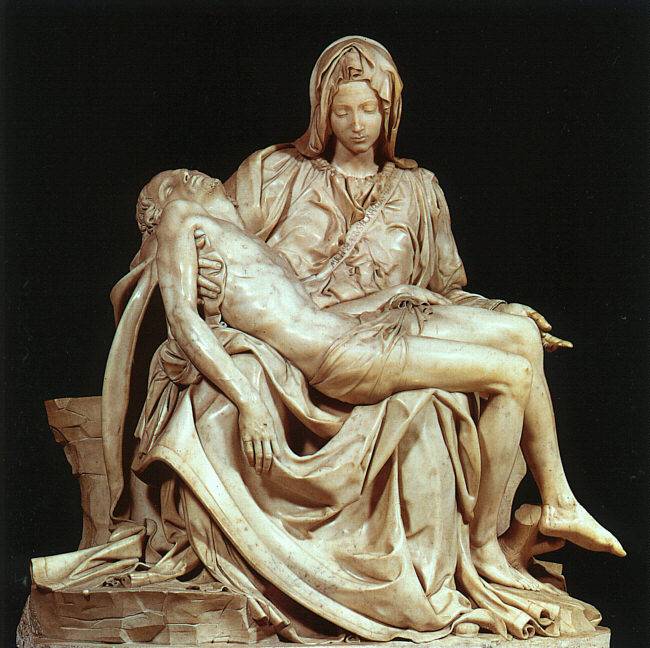
The Seven Holy Founders of the Servite Order, in 1239, five years after they established themselves on Monte Senario, took up the sorrows of Mary, standing under the Cross, as the principal devotion of their order.
The corresponding feast was first enacted by a provincial synod of Cologne (1413) to expiate the crimes of the iconoclast Hussites. It was to be kept on the Friday after the third Sunday after Easter under the title Commemoratio angusta et doloris BMV, to meditate on the sorrow of our Lady during the Crucifixion and Death of Christ.
Before the sixteenth century this feast was limited to the dioceses of North Germany, Scandinavia, and Scotland. Being termed Compassio, Transfixio, Commendatio, or Lamentatio BMV.
Towards the end of the sixteenth century the feast spread over part of the south of Europe.
After 1600 it became popular in France and was termed Domina N. de Pietate, for the Friday before Palm Sunday. To this latter date the feast was, in 1674, assigned for the whole Holy Roman Empire.
By a Decree of 22 April 1727, Pope Benedict XIII extended it to the entire Latin Church, under the title Septem dolorum BMV, and at both Mass and Office the Stabat Mater of Giacopone da Todi (1306) used to be sung.
 The suffering Queen and Mother of the Seven Sorrows.
The suffering Queen and Mother of the Seven Sorrows.By the sovereign desire and design of God Himself, she was made our Co-redemptrix,
though a mortal creature. By this God showed His humility and man, through a woman,
his willing submission to the Will of God. By this concatenation, God chose to redeem us.
The second feast, today's feast, was granted to the Servites on 9 June and 15 September, 1668, being double with an octave for the third Sunday in September, its object being meditation of the seven dolours of Mary.
After his return from his exile in revolutionary France Pope Pius VII extended the feast to the Latin Church (18 September, 1814), major double) and it was raised to the rank of a double of the second class on 13 May, 1908, by Pope St Pius X.
A special form of devotion is practised in Spanish-speaking countries under the term of N.S. de la Soledad, to commemorate the solitude of Mary on Holy Saturday. Its origin goes back to Queen Juana, lamenting the early death of her husband Philip I, King of Spain (1506).
To the oriental churches these feasts are unknown but the Ukrainians keep a feast of the sorrowful Mother on Friday after the octave of Corpus Christi.
The first feast was a Major Double until Bugnini demoted it, first in 1955, then again in 1962, finally abolishing it in 1969, leaving only today's feast.

...
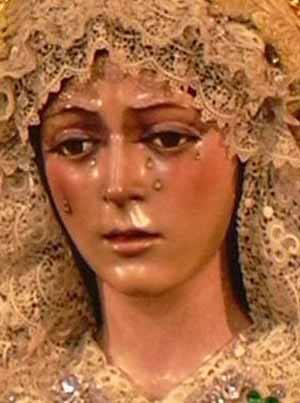







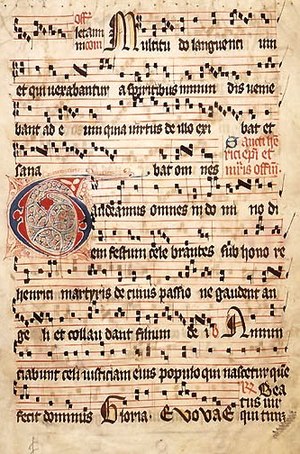

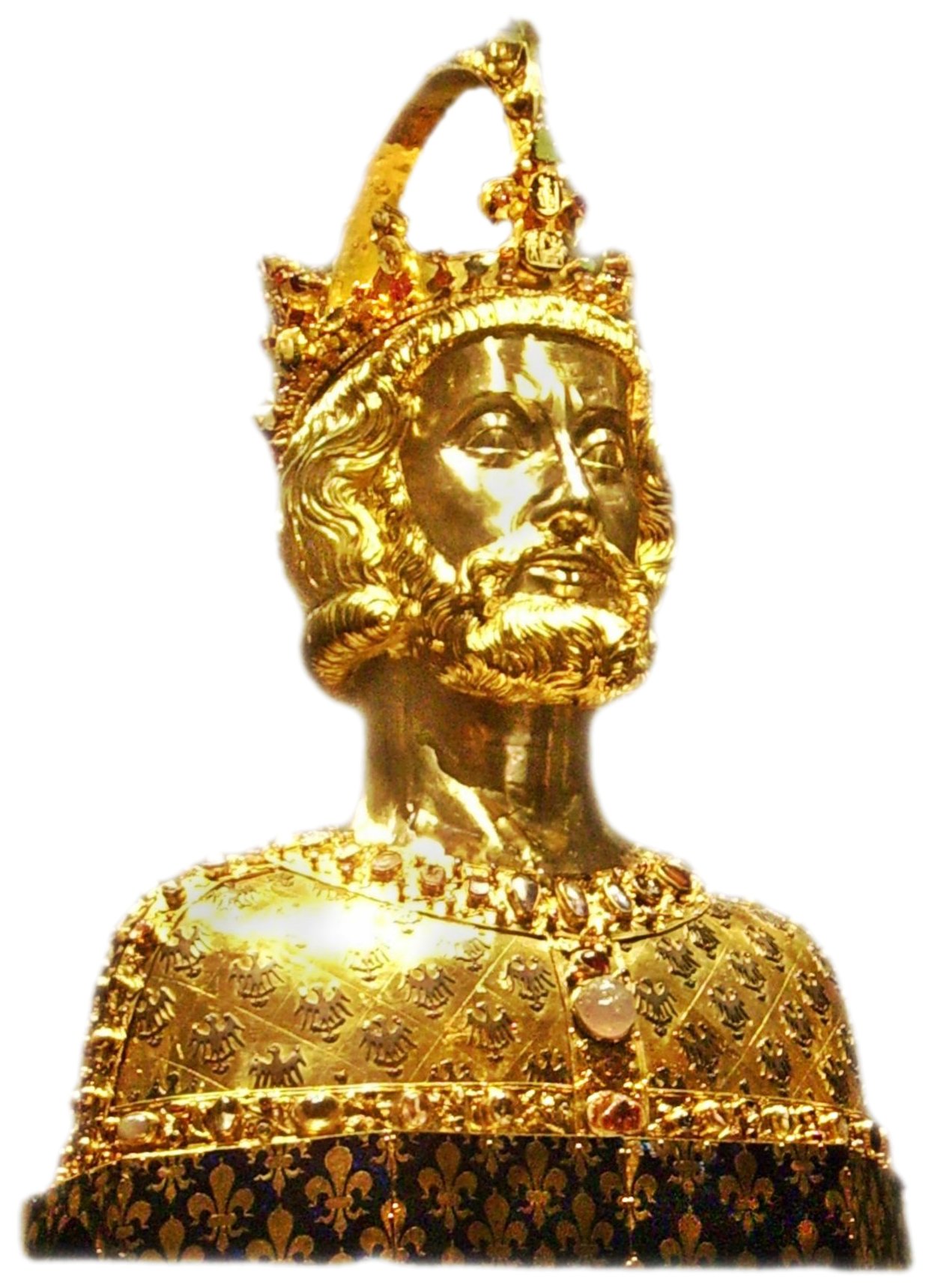



.jpg)


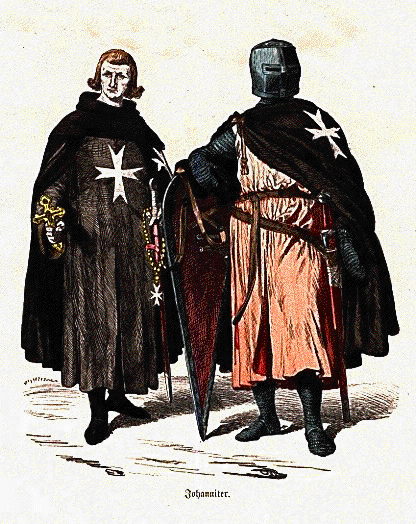

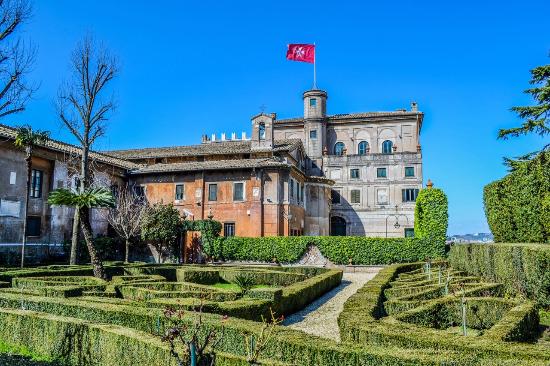


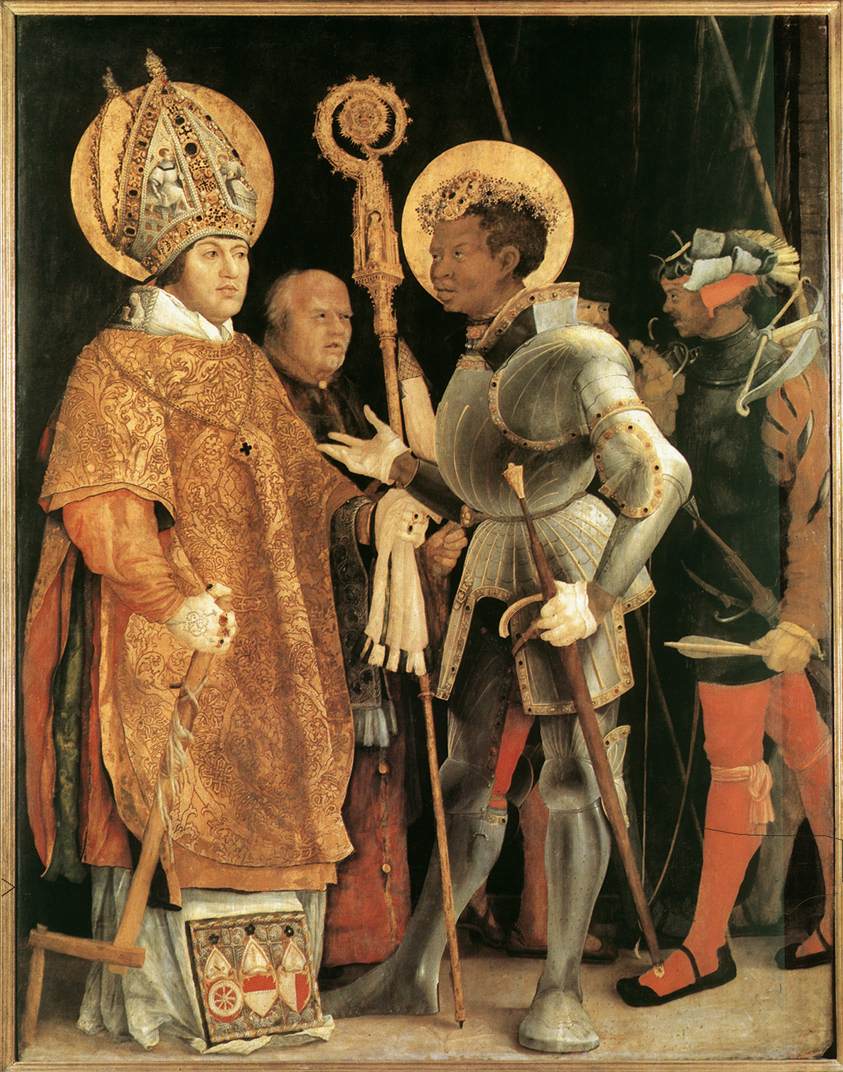
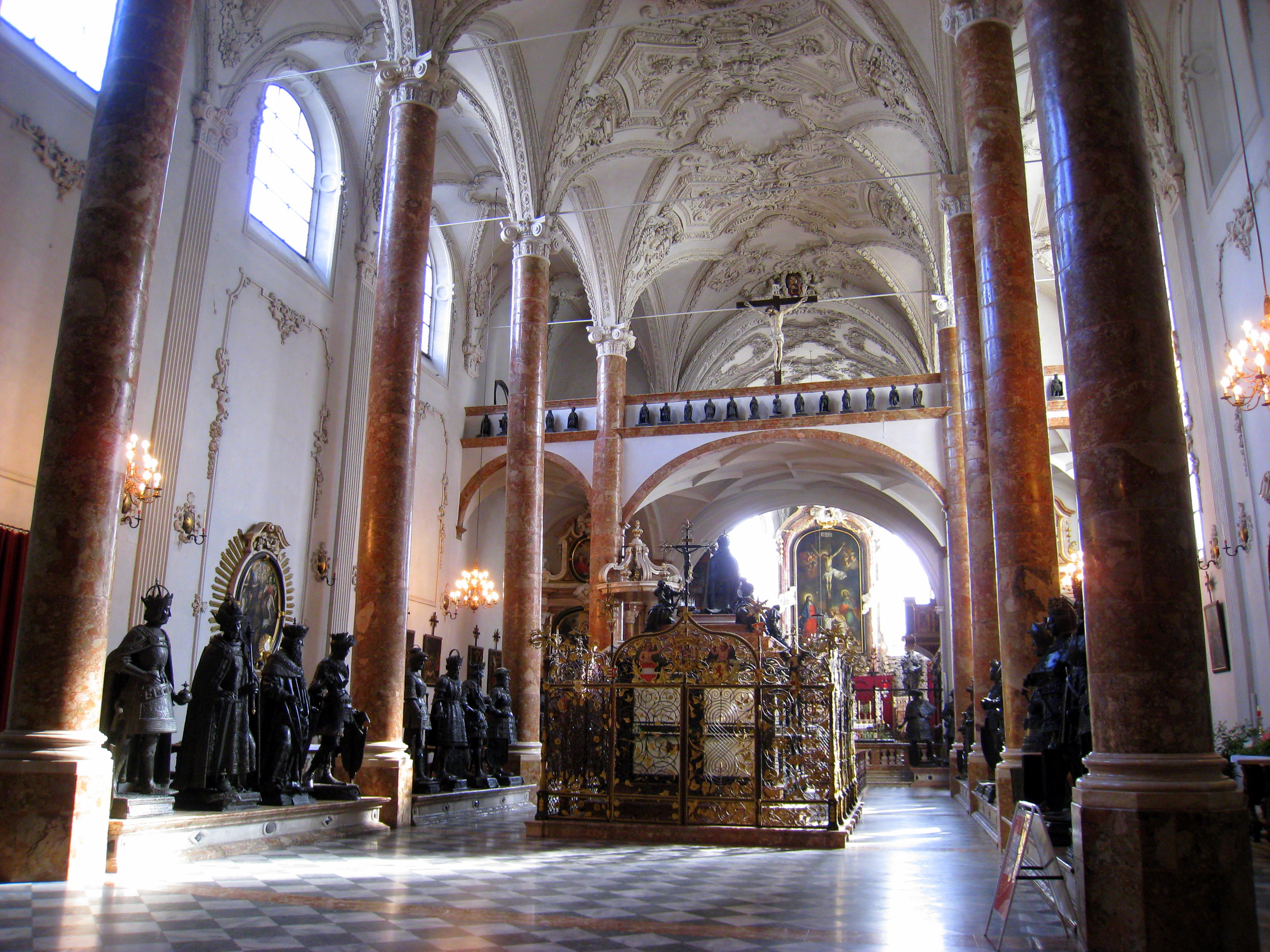


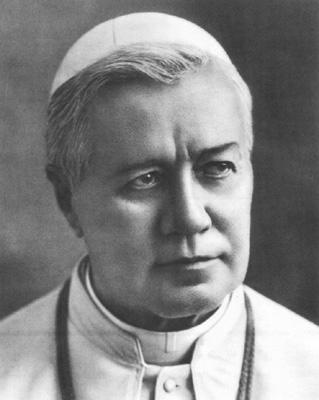






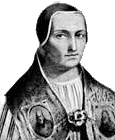







_-002.jpg/220px-Circle_of_Anton_Raphael_Mengs,_Henry_Benedict_Maria_Clement_Stuart,_Cardinal_York_(ca_1750)_-002.jpg)



No comments:
Post a Comment